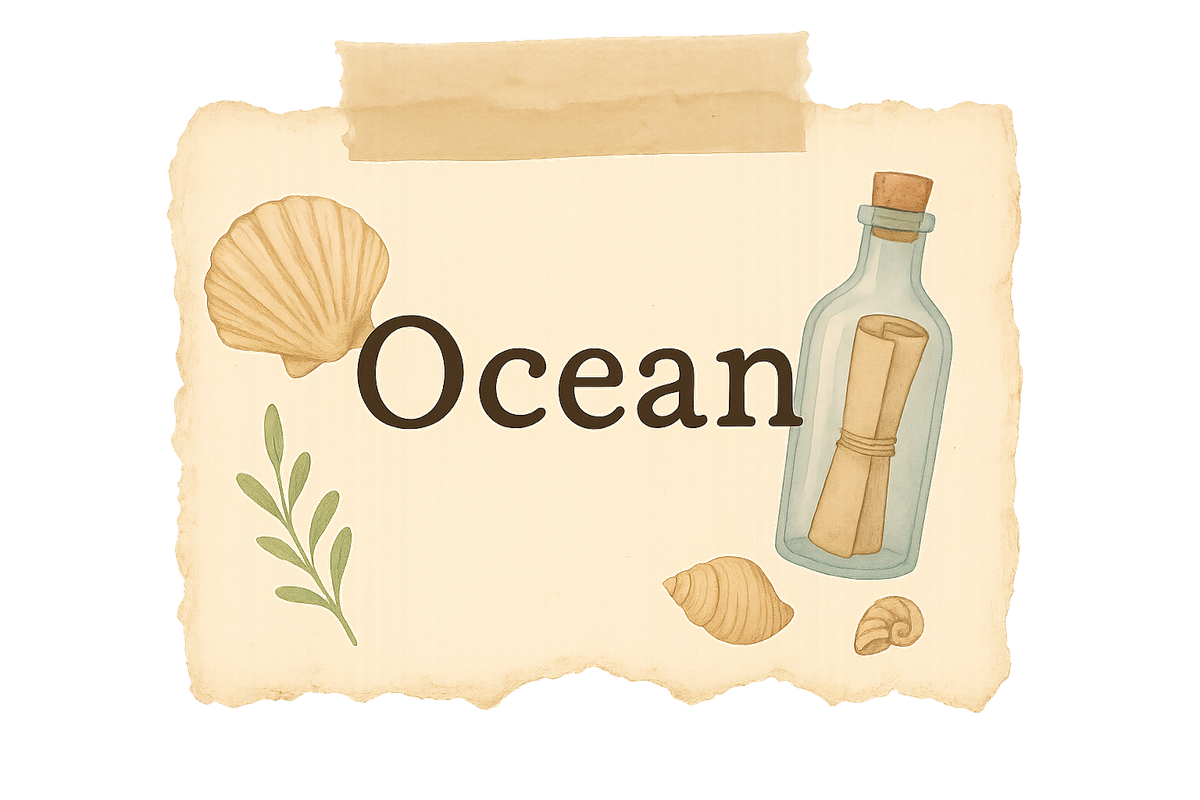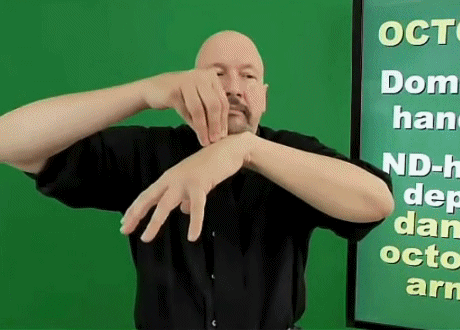Today we're going to be learning how to sign dolphin, whale, jellyfish, octopus, and turtle!
Learning animal signs in American Sign Language (ASL) is a fun, visual way to build vocabulary. This mini-pack focuses on five popular ocean animals: Dolphin, Whale, Jellyfish, Octopus, and Turtle. Each sign uses clear handshapes and motions that resemble the animals themselves, making them easy to remember.
Dolphin
Handshape: Start with your dominant hand in the “D” handshape (index finger up, middle-ring-pinky touching the thumb).
Location: Hold the hand palm-down near the side of your other hand (which acts as “water”).
Movement: Make a small arching jump motion (like a dolphin leaping out of water) across your non-dominant flat hand.
Tip: Think of your “D” hand as the dolphin cresting a wave.
Whale
Handshape: Use one flat hand to represent “water” and your other hand in the shape of a tail (thumb and pinky extended, other fingers closed).
Placement: Hold the flat “water” hand horizontally in front of you. Position the “tail” hand above or behind it.
Movement: Sweep the “tail” hand upward in a gentle arc, as if a whale’s tail is rising out of the water.
Jellyfish
Handshape: Start with your dominant hand’s fingers spread out (like a 5-hand).
Movement: Make a wavy, dangling motion downward to represent the tentacles of a jellyfish.
Non-Dominant Hand: Some versions use the non-dominant hand in a flat “C” shape above, representing the jellyfish dome, while the dominant hand wiggles down below.
Tip: The key is the flowing, floating movement of the tentacles.
Octopus
Handshape: Place your dominant hand in a flat “O” shape on top of your non-dominant hand, which is open and palm down.
Movement: Wiggle the fingers of the non-dominant hand, representing the octopus’ tentacles under its head.
Alternative: Some signers use both hands as tentacles, but the flat “O” head with wiggly “tentacles” underneath is common.
Sea turtle
Handshape: Form both hands into loose fists, thumbs extended (like an “A” hand with thumb out).
Placement: Place your non-dominant fist in front of you, palm facing down. Position your dominant fist on top of it, thumbs crossing.
Movement: Wiggle both thumbs to mimic a turtle’s flippers moving, while keeping the hands stacked to suggest the turtle’s shell.
Variation: Some signers first sign “SEA” (wave-like motion with a flat hand) before making the turtle sign for clarity, especially in teaching or storytelling.
Why Use Animal Signs?
Memory Boost: Animal signs are highly iconic, making them easy to remember.
Visual Learning: Perfect for kids, homeschoolers, and co-op groups.
Communication Skills: Expand vocabulary for both ASL beginners and kids who benefit from sign-supported learning.


.jpg)








.png)
I really love that you show ASL. I'm wondering do you teach it? Is there someone deaf in your family. There is in mine. Have a nice day.
ReplyDeleteHi! So my son didn't talk until he was 3 and that's how we taught him to communicate and we just kept it going. Now I teach it at my homeschool co-op
Delete